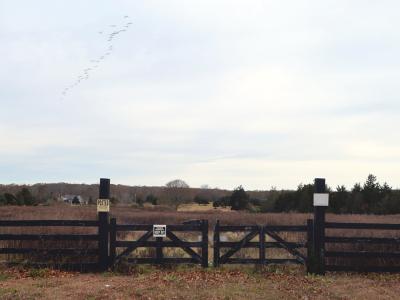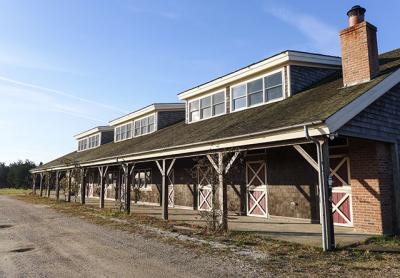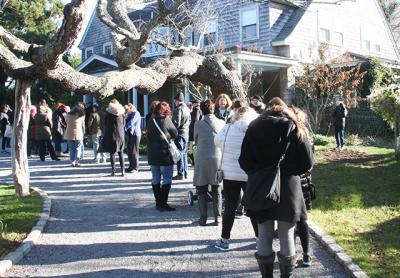Man Held After He Visited Record-Setting Estate
Man Held After He Visited Record-Setting Estate
Two men remained in county jail yesterday morning after being arrested Saturday night, unable to meet the relatively low bail amounts set during Sunday morning arraignments. One of the two is accused of trespassing on Ronald Baron’s Further Lane, East Hampton, estate. The other is charged with menacing as a misdemeanor and may be in danger of deportation.
Michael Antoine Christian, 32, of Baltimore was arrested Saturday night on the trespassing charge. He had climbed a long walkway from the beach over the double dunes that lead to Mr. Baron’s property in East Hampton Village. Mr. Baron was not there at the time. Police said that after entering through a gate, Mr. Christian tried to force open a door, which set off an alarm. Thomas Schiefer, Mr. Baron’s caretaker, was alerted, headed to the property, and held Mr. Christian until East Hampton Village police arrived.
Mr. Christian has a criminal record. Carl Irace represented him Sunday, as part of the county’s program to ensure that indigent defendants have a lawyer at arraignments. Mr. Irace reported that Mr. Christian is facing an open charge in Patchogue.
On Saturday, Mr. Christian had been on a Long Island Rail Road train headed east to Patchogue, where he has been living, but fell asleep, not waking until the train reached Montauk. “He walked from Montauk train station all the way to East Hampton along the beach,” Mr. Irace told East Hampton Town Justice Steven Tekulsky. But he apparently hurt his leg along the way and was unable to stand during his arraignment. Many hours after sunset, Mr. Christian allegedly sought shelter, climbing onto Mr. Baron’s property. Mr. Baron's 2007 purchase of the property set a United States record for private real estate.
The trespassing charge is classified a B misdemeanor, the lowest possible charge still considered a crime. Justice Tekulsky set bail at $100. If he did not make bail yesterday, he was to be brought back to East Hampton. If he enters a guilty plea, he is likely to be sentenced to time served and released.
The other man arrested Saturday who remained in custody yesterday was Surith Z. Chavez, 25, of Springs. According to police, Mr. Chavez had been watching television in a Copeces Lane house in that hamlet Saturday night with another man, Francis Burke. In a statement, Mr. Burke said Mr. Chavez was extremely intoxicated and began cursing and shouting while speaking to his wife on the phone. Mr. Chavez allegedly turned his wrath on Mr. Burke, knocking him down and chasing him into the backyard. It is alleged that Mr. Chavez again knocked Mr. Burke down and then picked up a sledgehammer, wielding it over the downed man. “I begged him just to drop the thing and not to hurt me,” Mr. Burke said. Mr. Chavez did drop the sledgehammer, police said.
Mr. Chavez had been convicted of misdemeanor trespassing in East Hampton in 2014. Bail, yet to be posted as of yesterday, was set at $500. However, Justice Tekulsky said during Mr. Chavez’s arraignment that Immigration and Customs Enforcement agents had classified him as not admissible to this country. It is not clear if a formal detainer request had been made for Mr. Chavez, who is originally from Mexico.







